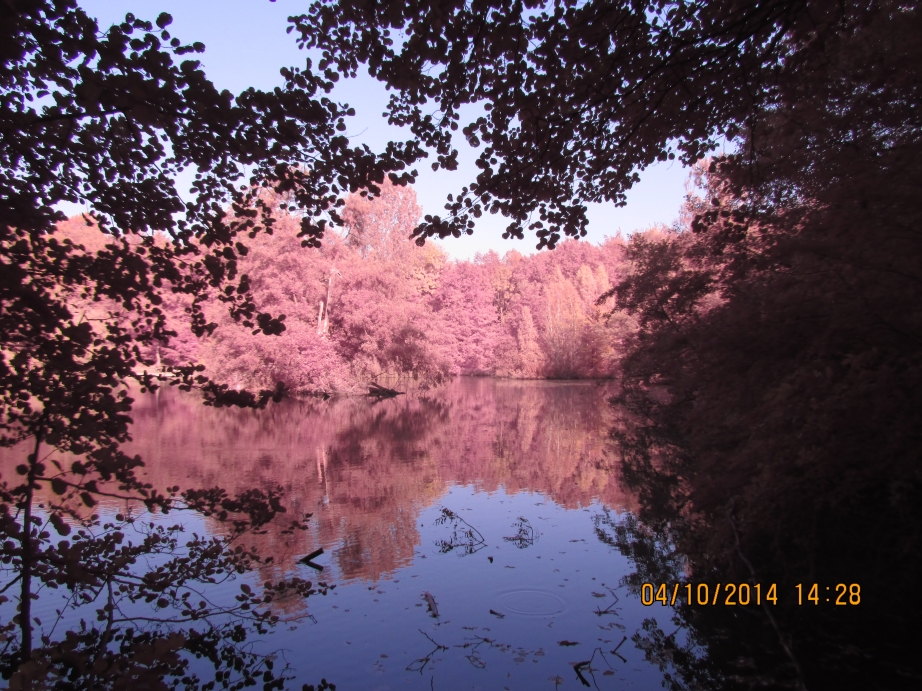Typically, these systems are digital cameras or digital video cameras.
Normally, digital imaging equipment captures light seen with the naked eye. With the full-spectrum system, the camera's ability to see so-called UV light and near-infrared light is expanded. However, this should not be confused with heat cameras.
It is speculated, paranormal phenomena appear in these special spectra.
A full-spectrum camera is built specifically for this task. It is not possible to retrofit an ordinary digital camera. Systems you "click" on mobile phones have one purpose; to cheat customers for money.
There are 2 working main models:
Passive full spectrum
Passive full spectrum can be compared to photographing without flash light. To produce an image, light must be present. The system is useless in total darkness - that is, without UV, visible light, and near-infrared radiation.
Active full spectrum
Active full spectrum can be compared to photographing with a light source. The light source cannot be seen with the naked eye, only through the special camera. With active full spectrum one can:
Photograph in total darkness.
Highlight water vapor.
Highlight air and water streams.
Photograph without influencing the night vision.
Most full-spectrum cameras will display a reddish tone and lack depth. Therefore, they do not perform very well in everyday use. More expensive models can compensate and you can use them for everyday use.
You can use the camera for other things than ghost hunting. The camera can be used to get amazing effects, especially in nature - day or night.

Lakes of Marselisborg / Claus Iversen


